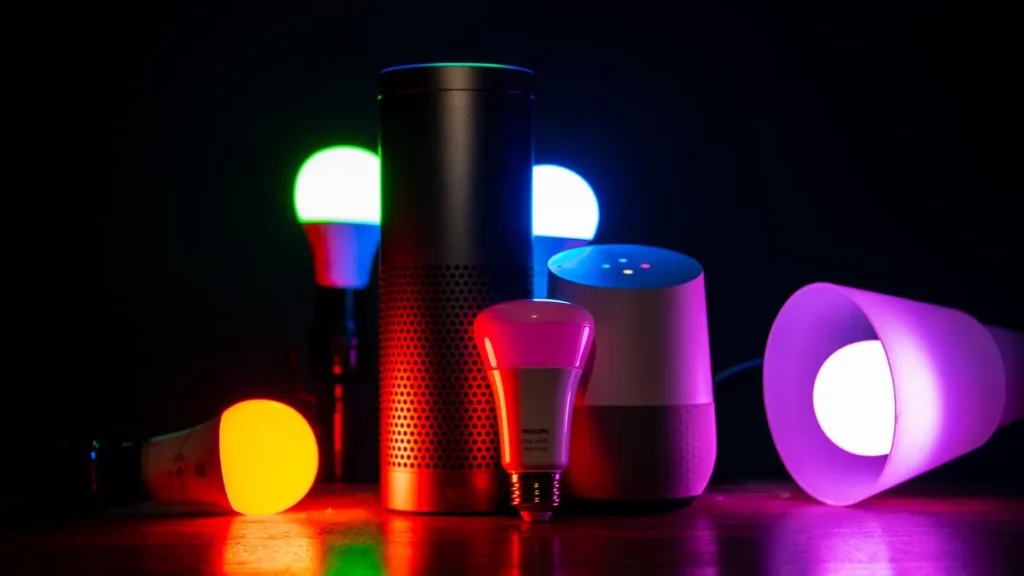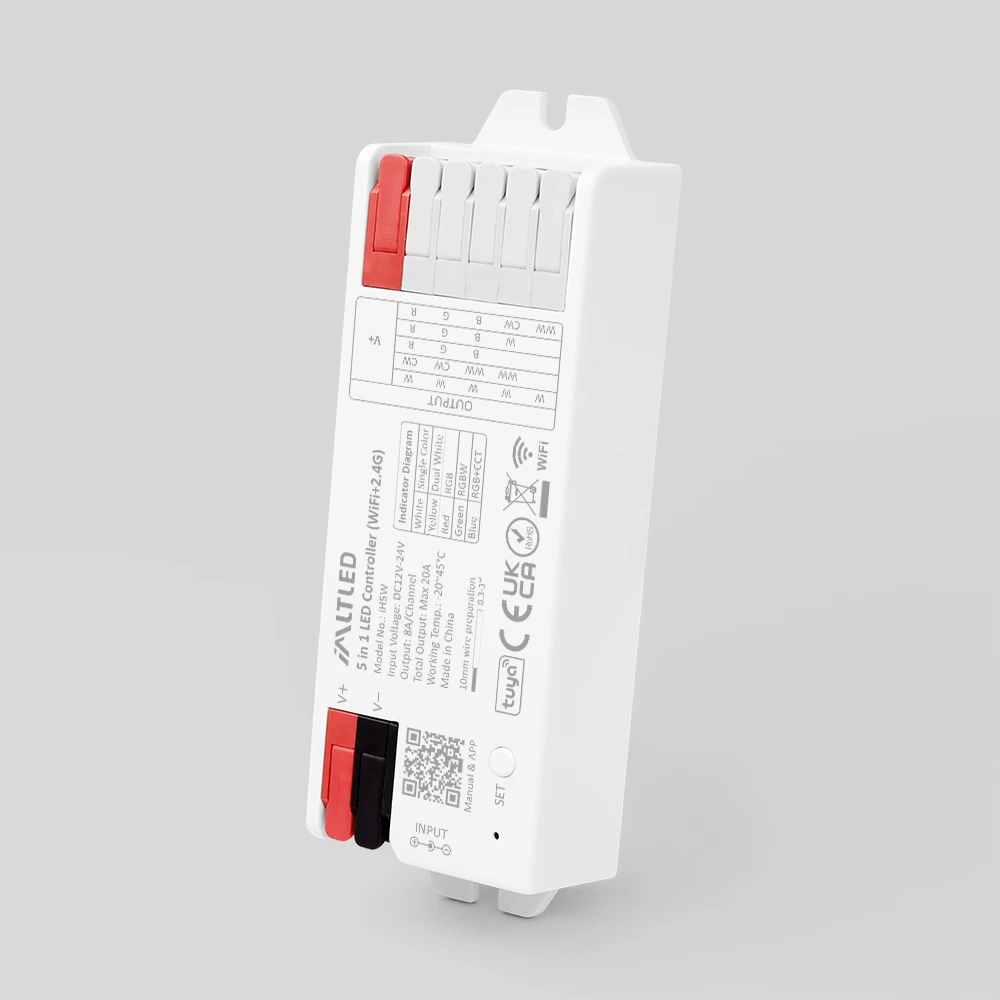The Engineering Behind Power Injection
What Is Power Injection in LED Systems?
Power injection is the process of adding supplemental power sources at strategic points in the lighting setup. Instead of relying on one source at the beginning of the circuit, additional power is introduced midway or toward the end of the track. This compensates for voltage loss and ensures every light receives optimal power.
How Does It Work?
- Power is typically injected using T-connectors or inline adapters.
- Injection points are calculated based on total current load and voltage drop formulas.
- Multiple power supplies must be synchronized to prevent polarity conflicts and electrical hazards.
Benefits of Power Injection:
- Uniform brightness across all LEDs
- Longer lighting runs without performance loss
- Reduced wear on components, extending lifespan
- Improved safety and system reliability
![]()
Application Scenarios for Permanent LED Track Lighting
Residential Use:
Homeowners use permanent lighting for year-round decorative accents, pathway lighting, or smart home integration. Power injection allows flexible designs that wrap around entire buildings or landscapes.
Commercial and Retail Spaces:
Retailers rely on consistent illumination to enhance product displays and storefront appeal. Power injection makes large-scale track systems viable without brightness fading.
Event and Architectural Lighting:
From wedding venues to city landmarks, lighting needs to be both aesthetic and reliable. Power injection enables these installations to remain stunning, night after night.
Step-by-Step Guide to Implementing Power Injection
1. Assess your system: Measure total length and count LEDs.
2. Calculate power needs: Understand voltage and current requirements.
3. Choose your supplies: Select weather-rated, high-capacity power sources.
4. Determine injection points: Use voltage drop calculators or charts.
5. Install with safety in mind: Ground all components and weatherproof every junction.
6. Test the system: Verify uniform brightness and troubleshoot flickers or dim zones.
Tools You’ll Need:
- Multimeter for voltage measurements
- LED-compatible power supplies
- Waterproof connectors and T-splices
- Correct gauge wiring for outdoor use
Common Mistakes to Avoid in LED Track Lighting Installations
Common Mistakes to Avoid in LED Track Lighting Installations
- Undersized power supply: Always allow 20–30% headroom in power ratings.
- Neglecting power injection: Especially with runs longer than 20 feet.
- Ignoring polarity: Reverse connections can damage LEDs instantly.
- Poor weatherproofing: Moisture intrusion is a leading cause of failure.
Comparing Traditional vs. Permanent LED Track Lighting
| Feature | Traditional Holiday Lights | Permanent LED Track Lighting |
| Lifespan | 1–2 seasons | 10+ years |
| Maintenance | Hight |
Low |
| Customization | Limited | Fully programmable |
| Energy Efficiency | Low | High |
| Appearance | Dim/fades | Bright and consistent |
Frequently Asked Questions (FAQ)
Q: Can I retrofit my existing track system with power injection?
A: Yes. Most systems are compatible with power injection upgrades. You may need to add injection ports and rewire power zones.
Q: How far can I run LEDs without injection?
A: Typically, 16–20 feet is the limit for 12V systems before brightness loss becomes noticeable.
Q: Do I need a different controller for power-injected systems?
A: Not necessarily. Most smart controllers work if all power supplies share a common ground and correct polarity.
Q: Is it safe to power inject from both ends?
A: Yes, as long as the supplies are synchronized and polarities match.
Best Practices for Long-Term Success
- Use UL-listed or CE-certified components for safety.
- Plan for future expansion by leaving power headroom.
- Label your wires and maintain a wiring diagram for troubleshooting.
- Inspect regularly, especially in harsh climates.
Conclusion: Lighting Design Meets Engineering Precision
Permanent LED track lighting, when paired with strategic power injection, enables stunning, scalable, and safe installations that perform reliably over time. Whether for home use, commercial storefronts, or large architectural features, understanding and implementing these principles will elevate your lighting to a professional level.
By integrating the science of voltage, the art of design, and the discipline of safe engineering, lighting professionals and DIY enthusiasts alike can master the future of illumination.

